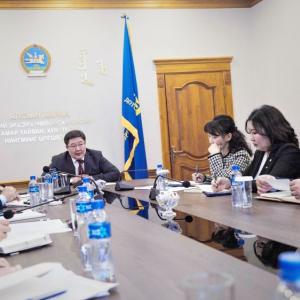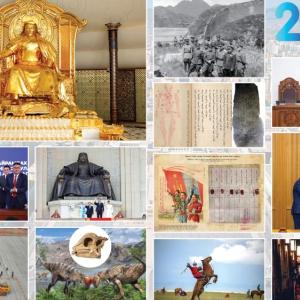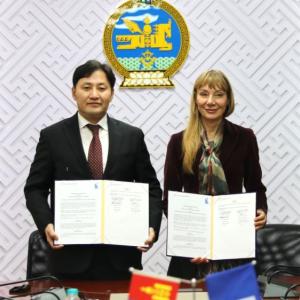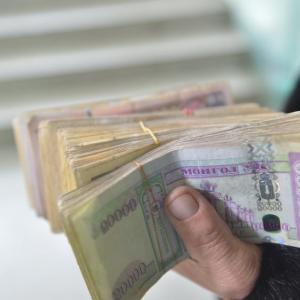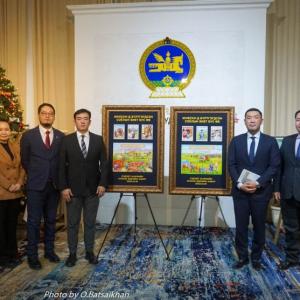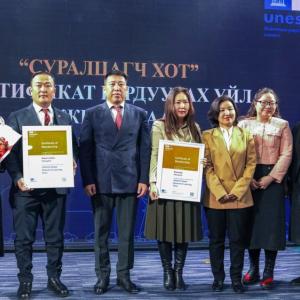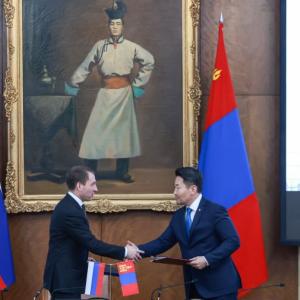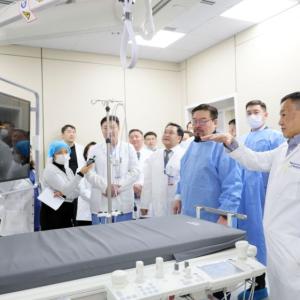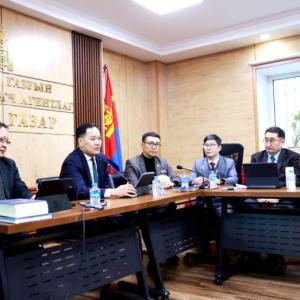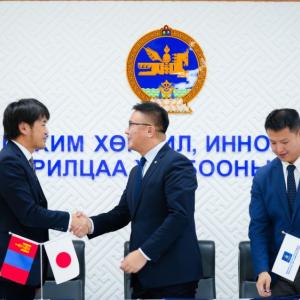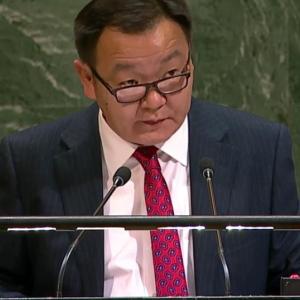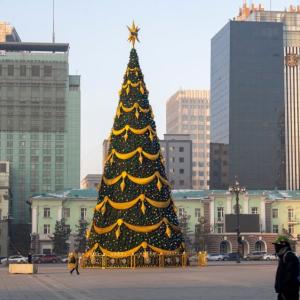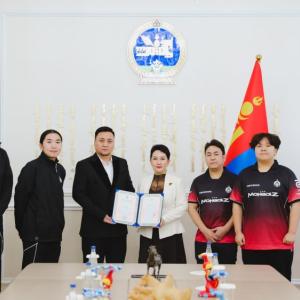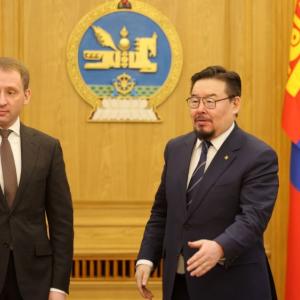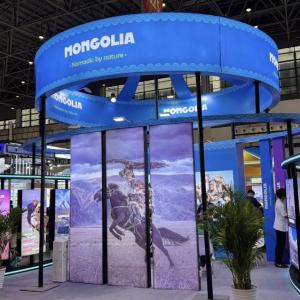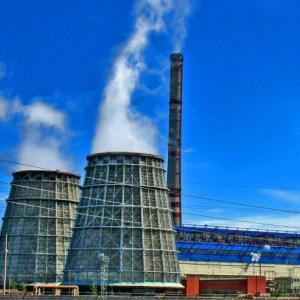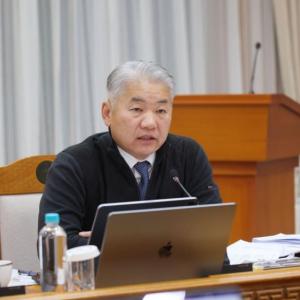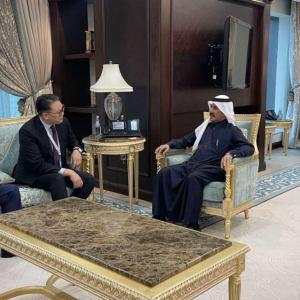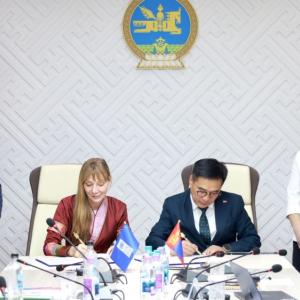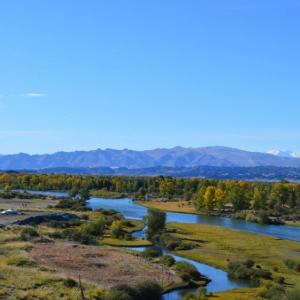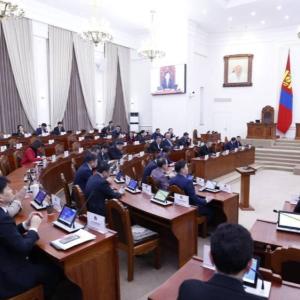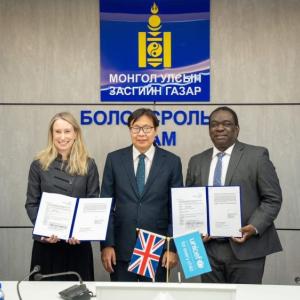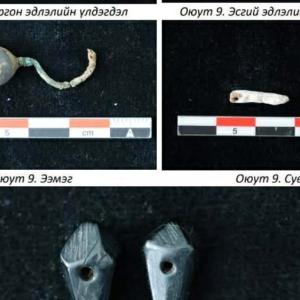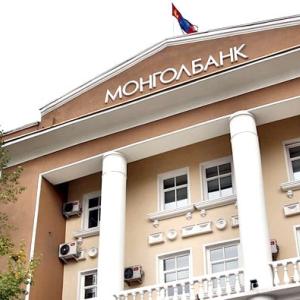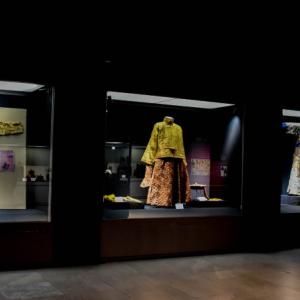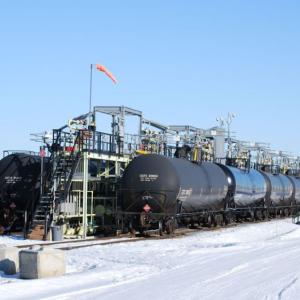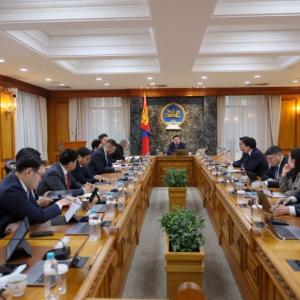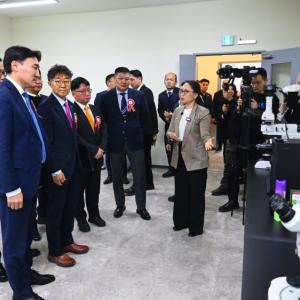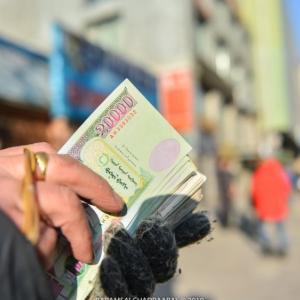Boosting Tourism While Conserving Nature
The Mongol Messenger
Ulaanbaatar,
September 29, 2023 /MONTSAME/. Most of the world’s
drinkable water is contained in freshwater lakes. Lake
Khuvsgul is
the largest freshwater lake in Mongolia by volume and
second largest by area. It is also one of seventeen ancient lakes in the
world, being more than 2 million years old. Being the most pristine with high
water clarity (Secchi depths > 18 m are common) the Lake
Khuvsgul is
one of the most important in the world and the most significant drinking water
reserve of Mongolia, containing 70 percent of the country’s fresh water
and 1
percent of all fresh water in the world. A vast expanse of stunning snow-capped
mountains and forests surrounding Khuvsgul Lake attracts people, making the
area one of the most popular tourist destinations in Mongolia.
Number of foreign and domestic tourists visiting to Lake Khuvsgul is growing rapidly year by year, following the increase of tourist camps operating there. Largely due to improved road access, visitor numbers increased from 7,716 in 2004 to about 74,178 in 2019, for example. The park was closed for much of 2020 and 2021 due to the coronavirus disease (COVID-19) pandemic but has reopened, and tourism is resuming.
However, Lake Khuvsgul, also referred to as "Ocean Mother" is facing numerous threats. Fortunately, thanks to projects being implemented jointly by the Asian Development Bank (ADB) and the Government of Mongolia, problems are being solved. With the aim to help Mongolia benefit from a boom in domestic and overseas tourists while safeguarding the environment, the Asian Development Bank and the Government of Mongolia in early October of 2019 wrapped up an eco-tourism project, The Integrated Livelihoods Improvement and Sustainable Tourism in Khuvsgul Lake National Park Project and embarked on a second project- the Sustainable Tourism Development Project.
The Integrated Livelihoods Improvement and Sustainable Tourism in Khuvsgul Lake National Park Project, funded with a USD3 million grant from the Japan Fund for Prosperous and Resilient Asia and the Pacific, helped build local tourism activities, improve livestock and pasture management, and strengthen waste management around Khuvsgul Lake. The project was among the first in Mongolia to address the issues of livelihood, tourism, and waste management in a protected area and supported to solve the issues of limited community benefits arising from tourism due to their limited capacities and resources; excessive livestock grazing, which caused damage to vegetation and soil; and pollution of the Khuvsgul Lake.
The Sustainable Tourism Development Project aims to transform The Khuvsgul Lake National Park in Khuvsgul aimag and Onon-Balj National Park in Khentii aimag as models for economically inclusive tourism and conservation in the protected area network by improving park infrastructure, sanitation, and capacity to manage tourism growth sustainably. This project also marks the first loan in Mongolia to focus on tourism and protected area management.
Mongolia’s small tourism sector is growing rapidly. In 2017, tourism generated USD 1.2 billion in earnings and employed 121,500 people. But by 2028, it is forecast to generate USD 2.1 billion and provide 149,000 jobs. The government's plans to expand tourism focus on ecotourism in protected areas, which encompass 21 percent of the territory of Mongolia and are targeted to reach 30 percent by 2030.
At the national level, there is an urgent need for an integrated approach to balance livelihoods, tourism, waste management, and biodiversity conservation within the protected areas. The protected areas are generally located in regions with limited infrastructure, and in turn, presented challenges for environmental and biodiversity conservation, providing benefits to communities, and sustainable tourism. Khuvsgul National Park and Onon-Balj National Park are eco-tourism priorities for the government, but as major sources of biodiversity, they need to be carefully managed.
The project, financed with USD 38 million loan
from ADB and USD 400 thousand from the Government of Mongolia also marks the
first loan in Mongolia to focus on tourism and protected area management, and
will serve as models for economically inclusive development and conservation.
ADB Country Director for Mongolia Shannon Cowlin, accompanied by
relevant officials of the projects, under implementation in Khuvsgul aimag and
a press group, visited the sites in late August of this year to oversee the
projects’ progress.
The Khuvsgul Lake National Park in Khuvsgul
aimag faces challenges in achieving sustainable tourism that benefits local
livelihoods and does not adversely affect biodiversity. These include:
- · Tourism-related expansion is
occurring in the absence of planning. There was no framework for coordination
among the National Park administration, communities, and tour operators, nor
any shared vision, targets, or codes of conduct for tourism.
- · Most communities within KLNP had
limited access to tourism-related benefits.
- · Uncontrolled sewage and solid
waste from tourism are threatening the lake water quality besides that the
unpaved roads to Lake Khuvsgul cause huge amount of dust pollution.
- · Livestock grazing, a principal
source of livelihood in the park area, has declined due to overgrazing.
A reporter of the Mongol Messenger joined the ADB Country
Director’s working trip in Khuvsgul and a reportage on how the
abovementioned problems are being solved will be published in our next issue.
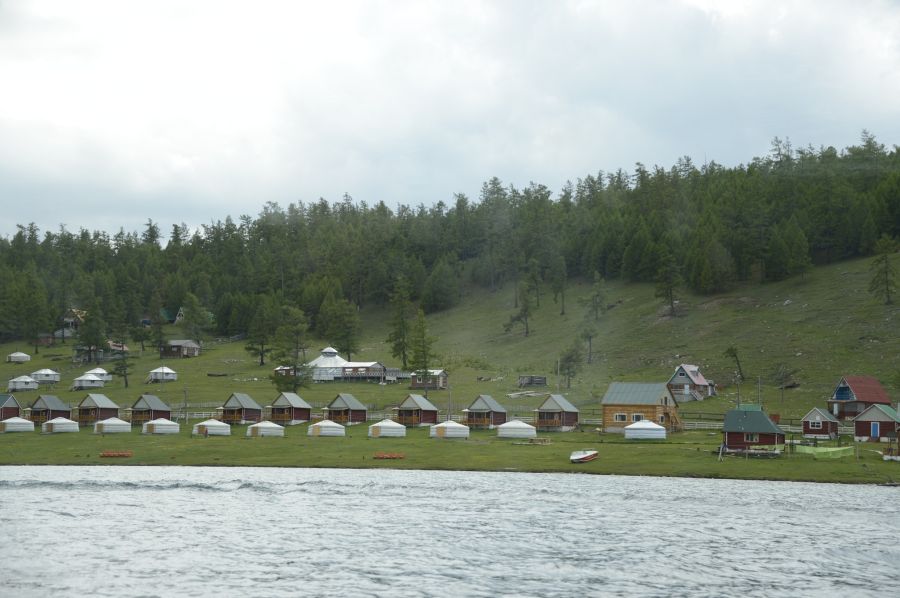



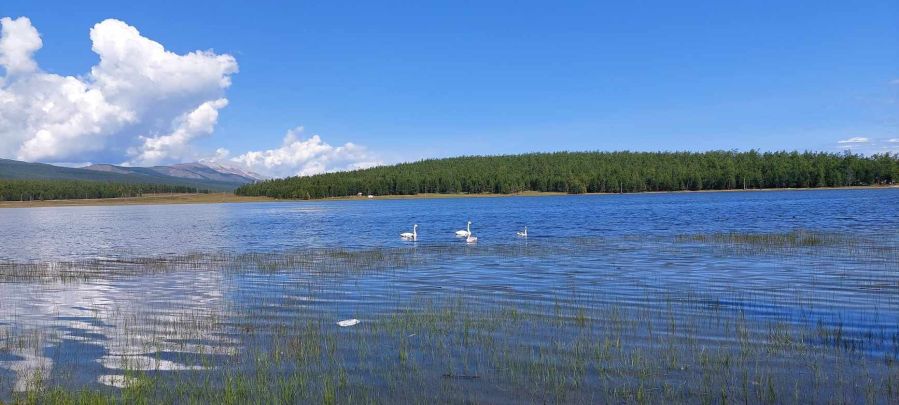
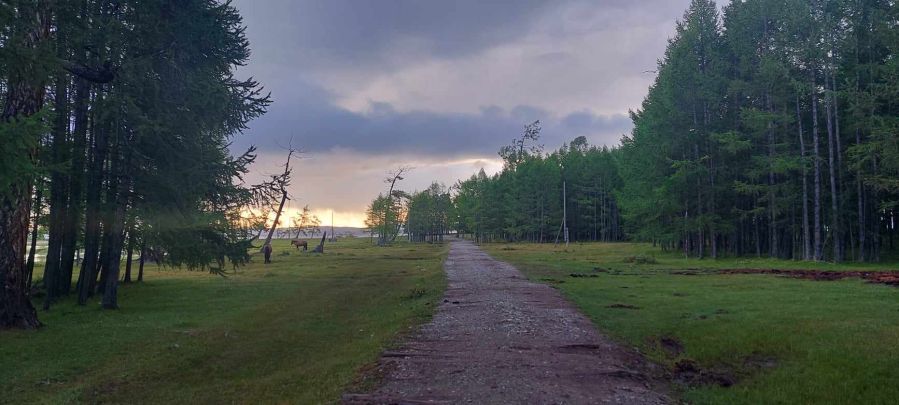


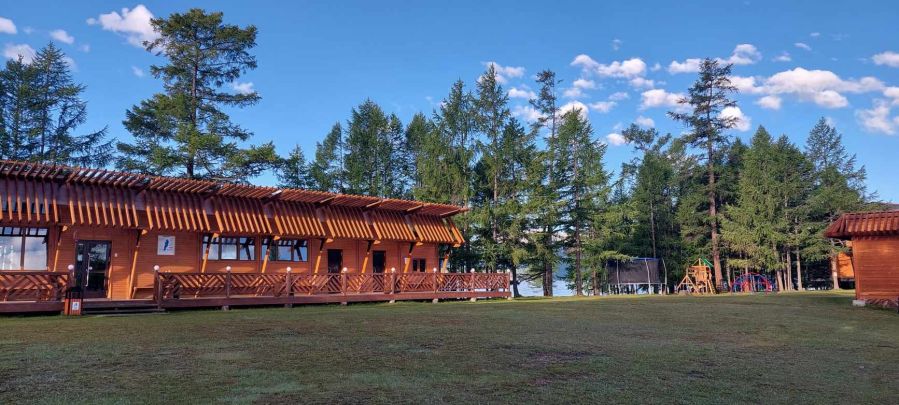



 Ulaanbaatar
Ulaanbaatar






















